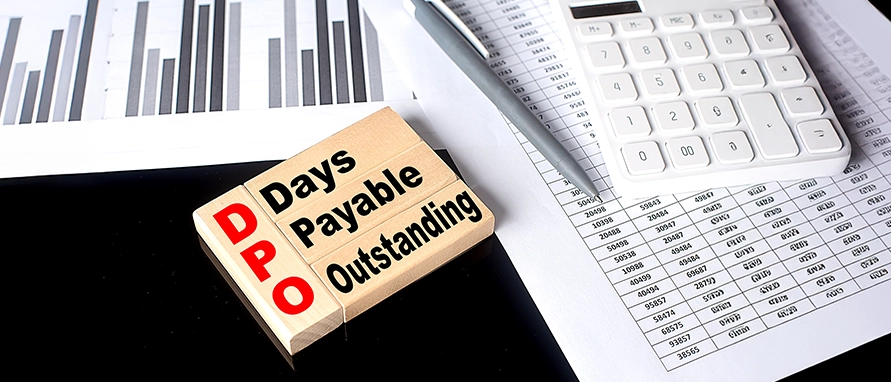250 Views
| 1min read
Posted on 18 Nov
.jpeg)
Anshika
250 Views
| 1min read
Posted on 17 Nov
.jpeg)
Anshika
250 Views
| 1min read
Posted on 14 Nov
.jpeg)
Anshika
250 Views
| 1min read
Posted on 14 Nov
.jpeg)
Anshika
250 Views
| 1min read
Posted on 14 Nov
.jpeg)
Nupur Wankhede
250 Views
| 1min read
Posted on 14 Nov
.jpeg)
Nupur Wankhede
250 Views
| 1min read
Posted on 13 Nov
.jpeg)
Anshika
250 Views
| 1min read
Posted on 13 Nov
.jpeg)
Anshika
250 Views
| 1min read
Posted on 13 Nov

Geetanjali Lachke
250 Views
| 1min read
Posted on 13 Nov

Geetanjali Lachke
250 Views
| 1min read
Posted on 13 Nov

Geetanjali Lachke
250 Views
| 1min read
Posted on 13 Nov

Roshani Ballal
250 Views
| 1min read
Posted on 13 Nov
.jpeg)
Anshika
250 Views
| 1min read
Posted on 12 Nov
.jpeg)
Anshika
250 Views
| 1min read
Posted on 11 Nov
.jpeg)
Anshika
250 Views
| 1min read
Posted on 11 Nov
.jpeg)
Nupur Wankhede
250 Views
| 1min read
Posted on 11 Nov
.jpeg)
Nupur Wankhede
250 Views
| 1min read
Posted on 10 Nov
.jpeg)
Nupur Wankhede
250 Views
| 1min read
Posted on 10 Nov
.jpeg)
Anshika
250 Views
| 1min read
Posted on 10 Nov
.jpeg)
Nupur Wankhede
250 Views
| 1min read
Posted on 07 Nov
.jpeg)
Nupur Wankhede
250 Views
| 1min read
Posted on 06 Nov
.jpeg)
Nupur Wankhede
250 Views
| 1min read
Posted on 05 Nov

Roshani Ballal
250 Views
| 1min read
Posted on 04 Nov
.jpeg)
Anshika
250 Views
| 1min read
Posted on 03 Nov
.jpeg)
Anshika
250 Views
| 1min read
Posted on 30 Oct

Geetanjali Lachke
250 Views
| 1min read
Posted on 30 Oct
.jpeg)
Anshika
250 Views
| 1min read
Posted on 28 Oct
.jpeg)
Anshika
250 Views
| 1min read
Posted on 23 Oct
.jpeg)
Anshika
250 Views
| 1min read
Posted on 23 Oct
.jpeg)
Nupur Wankhede
250 Views
| 1min read
Posted on 22 Oct

Roshani Ballal
250 Views
| 1min read
Posted on 22 Oct

Roshani Ballal
250 Views
| 1min read
Posted on 22 Oct

Geetanjali Lachke
250 Views
| 1min read
Posted on 22 Oct

Geetanjali Lachke
250 Views
| 1min read
Posted on 22 Oct

Geetanjali Lachke
250 Views
| 1min read
Posted on 22 Oct

Geetanjali Lachke
250 Views
| 1min read
Posted on 22 Oct

Geetanjali Lachke
250 Views
| 1min read
Posted on 22 Oct

Geetanjali Lachke
250 Views
| 1min read
Posted on 22 Oct

Geetanjali Lachke
250 Views
| 1min read
Posted on 22 Oct

Roshani Ballal
250 Views
| 1min read
Posted on 22 Oct

Geetanjali Lachke
250 Views
| 1min read
Posted on 22 Oct

Geetanjali Lachke
250 Views
| 1min read
Posted on 22 Oct

Roshani Ballal
250 Views
| 1min read
Posted on 22 Oct

Roshani Ballal
250 Views
| 1min read
Posted on 22 Oct

Geetanjali Lachke
250 Views
| 1min read
Posted on 22 Oct

Geetanjali Lachke
250 Views
| 1min read
Posted on 22 Oct

Geetanjali Lachke
250 Views
| 1min read
Posted on 22 Oct

Roshani Ballal
250 Views
| 1min read
Posted on 22 Oct

Geetanjali Lachke
250 Views
| 1min read
Posted on 22 Oct

Roshani Ballal
250 Views
| 1min read
Posted on 22 Oct

Roshani Ballal
250 Views
| 1min read
Posted on 22 Oct

Roshani Ballal
250 Views
| 1min read
Posted on 22 Oct

Roshani Ballal
250 Views
| 1min read
Posted on 22 Oct

Roshani Ballal
250 Views
| 1min read
Posted on 17 Oct

Geetanjali Lachke
250 Views
| 1min read
Posted on 17 Oct

Roshani Ballal
250 Views
| 1min read
Posted on 13 Oct
.jpeg)
Nupur Wankhede
250 Views
| 1min read
Posted on 08 Oct
.jpeg)
Nupur Wankhede
250 Views
| 1min read
Posted on 04 Oct

Roshani Ballal
250 Views
| 1min read
Posted on 04 Oct

Roshani Ballal
250 Views
| 1min read
Posted on 03 Oct
.jpeg)
Nupur Wankhede
250 Views
| 1min read
Posted on 01 Oct

Geetanjali Lachke
250 Views
| 1min read
Posted on 30 Sep

Geetanjali Lachke
250 Views
| 1min read
Posted on 19 Sep
.jpeg)
Nupur Wankhede
250 Views
| 1min read
Posted on 15 Sep
.jpeg)
Nupur Wankhede
250 Views
| 1min read
Posted on 12 Sep
.jpeg)
Nupur Wankhede
250 Views
| 1min read
Posted on 12 Sep
.jpeg)
Anshika
250 Views
| 1min read
Posted on 12 Sep
.jpeg)
Nupur Wankhede





































